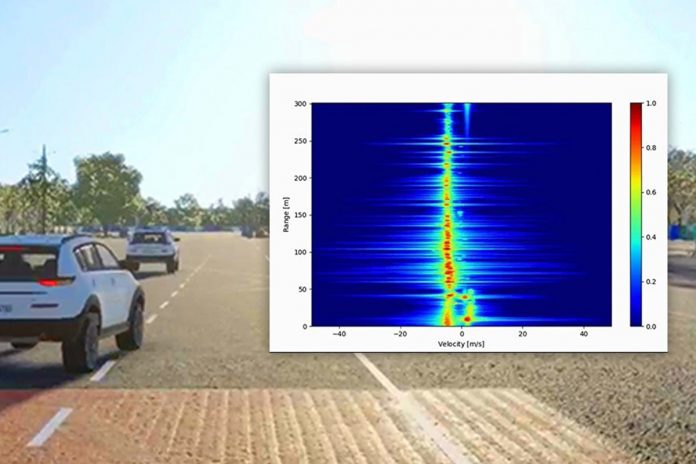Ansys has launched its proprietary AVxcelerate Sensors system on Cognata’s Automated Driving Perception Hub (ADPH). The ADPH platform runs on Microsoft Azure and 4th Generation AMD EPYC processors and Radeon PRO GPUs, and helps OEMs more easily access certified, web-based, sensor models from manufacturers. These models then support the collaborative testing and validation of ADAS and autonomous vehicle (AV) functions using a high-fidelity simulation platform with virtual twin technology.
The ADPH allows OEMs and sensor manufacturers to test and validate certified sensors against diverse industry standards, including those put forth by the National Highway Traffic Safety Administration (NHTSA) and the New Car Assessment Program (NCAP). The platform currently includes Cognata sensor models for thermal cameras, LiDAR, RGB cameras with varying lens distortions, and leverages Deep Neural Network (DNN) technology that enables photorealistic images and simulations.
With the addition of Ansys AVxcelerate Sensors, users have access to physics-based radar models that reproduce EM wave propagation — accounting for material properties within high frequencies — to enhance signal strength and accuracy. The radar simulation provides raw data that can be used to test and improve the algorithms that process radar signal interference, accounting for small changes in frequency caused by moving objects (doppler effect) for example. When connected to a virtual model from a radar supplier, AVxcelerate Sensors produces a virtual twin of the sensor, enabling OEMs to evaluate its performance with enhanced predictive accuracy.
Cognata’s generative AI transfer technology, enabled by AMD Radeon PRO V710 GPUs, enhances the RGB camera simulation platform by delivering high-fidelity virtual sensors. In doing so, it can accurately capture and replicate the real-world behavior of sensors within the simulation.














